There is nothing better than that “aha” moment when a student learns a new word! But did you know that research says there are three key parts of the brain that need to be activated when this happens? (Blevins, 2017)
So, what does this really mean? This means that if we simply show students a word on a flashcard and ask them to memorize it…that isn’t sufficient. This may be different from the way a lot of us were taught! It’s definitely different from how I was taught.
In this post, I’ll talk about the 3 key parts of the brain that we want to activate – what they are, and how to activate them all when teaching students a new word.
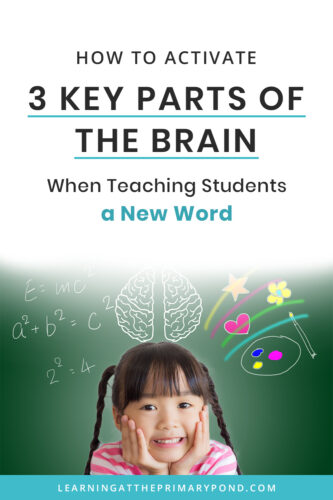
What Are the Three Key Parts?
When we teach students a new word, we need to activate these 3 parts:
- The part of the brain where the meaning of the word is stored.
- The part of the brain where the spelling of the word is stored.
- The part of the brain where the sounds in the word are stored.
Even if a word is irregularly spelled or has “surprising” sounds (i.e. the o making the short u sound in “from”), we still want to draw students’ attention to the sounds in the word (and, of course, the meaning and spelling).
What is My Routine for Activating All Three Parts?
I have a seven step routine that I use when teaching new words to students (note that I only do this with high frequency words, not every single word we practice as part of our phonics lessons):
- Present a sentence to students that includes the target word. If possible, make the sentence personally meaningful to students. I especially love using students’ names in sentences! For Kindergarten and early 1st grade, try putting each word on separate cards in a pocket chart to help develop “concept of word.” Then, students can mix up the words and build the sentence again.
- Have students come up with their own original sentences that use the word. This emphasizes their understanding of the meaning. I like to do this orally first; even just a quick “turn and talk” with a partner is helpful.
- Discuss the sounds of the word. Use sound/Elkonin boxes as an option (see example photo below this list). Have students use the visual of “pushing” each sound into its own box. Talk about whether or not the word is a “rule breaker.” Here are a few examples:
- The word “did” is regularly spelled. We would discuss each letter and each sound: /d/ /i/ /d/
- The word “from” is a bit of a rule breaker because the “o” doesn’t make the traditional short o sound. I’d have students write it out in Elkonin boxes: /f/ /r/ /u/ /m/. When we get to the “o,” I’d mention that it represents the short u sound, which is surprising! If we’d already learned about consonant blends, I could also point out how “fr” is a blend.
- The word “much” has 4 letters, but only 3 phonemes (sounds) because ch is a digraph. In Elkonin boxes, it would appear as /m/ /u/ /ch/
- Academic vocabulary is key! When discussing each word, don’t shy away from the terms “digraph,” “blend,” “long vowel,” “short vowel,” and so on. As students are learning about high frequency words, these terms should begin to become part of their vocabulary as well. This post may be helpful to you for a refresh on phonics terms.
- Have students tap out the word on their arm, spelling it aloud. I like to have students say the word and then the actual letters of the word across their arms.
- Have students write the word. Multi-sensory activities are the best for this! My favorite option is writing the word over a knitting screen (Amazon affiliate link) if possible. This way they can practice tracing over the word later as well.
- As time permits, have students write an original sentence with the word and read their sentence to a partner.
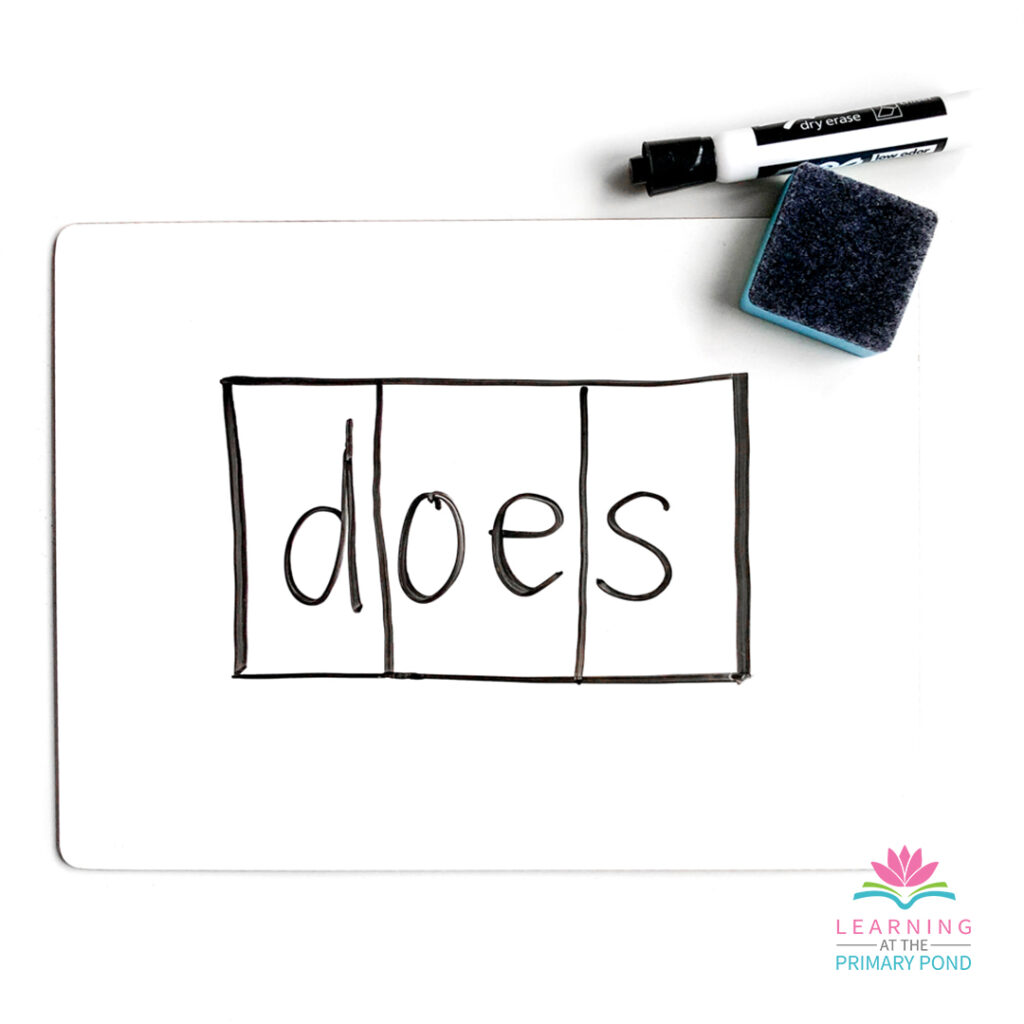
Conclusion
It’s interesting to reflect back on how you were taught phonics as a student – or even how you originally learned to teach phonics as a teacher. Some things might still align, but it’s always important to stay up-to-date on best practices. It’s one of the best things about being a teacher, in my opinion – I love continuing to learn, grow, and improve! (What a great thing to model for our students, too.)
If you’re interested in learning more about how to make high frequency words stick for your students, check out this free webinar! During this webinar, I’ll show you exactly what activities to use for engaging, effective phonics instruction.
I also have both high frequency word focus sheets and games (you can buy them separately or in a bundle) that follow this method of using 3 parts of the brain! Resources are available for all of the following word lists:
- Fry’s First 100 Words
- Dolch Pre-Primer Words
- Dolch Primer Words
- Dolch 1st Grade Words
- Dolch 2nd Grade Words
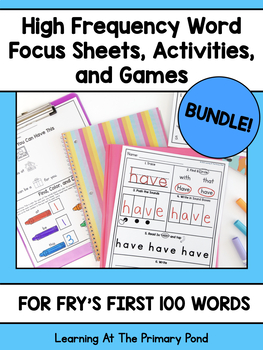

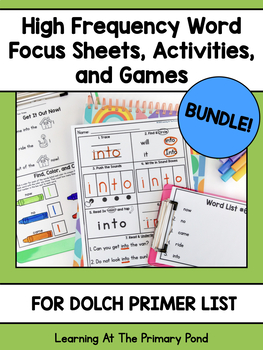
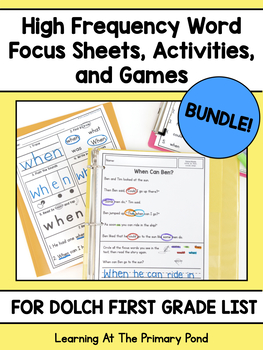

Happy teaching!
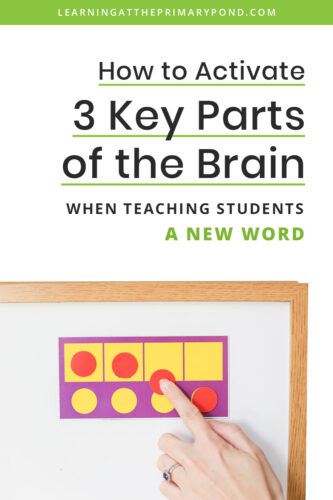



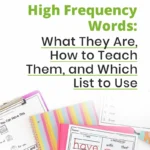
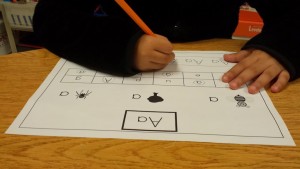
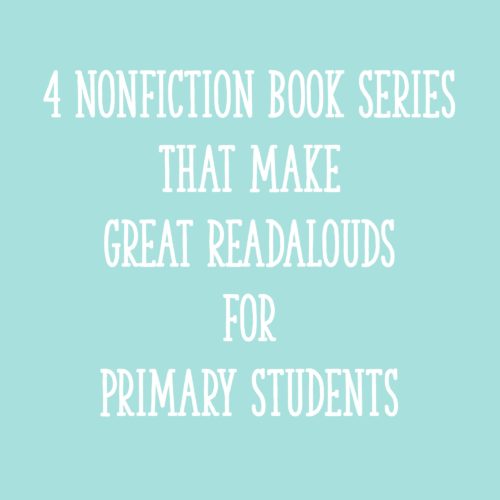
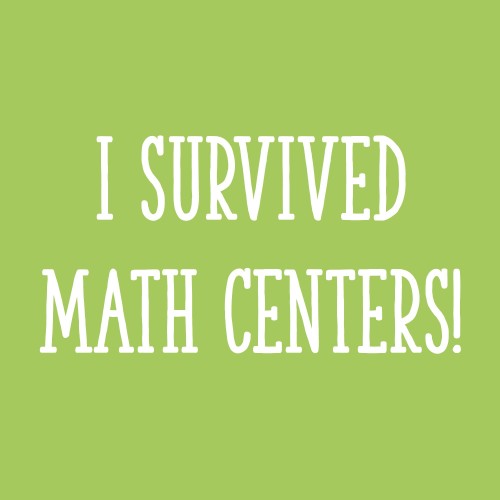






I’m a former high school English teacher, and I’ve never considered teaching phonics to my students. Although I taught high school students, their spelling and vocabulary contained errors. It would have been useful.
Now, I’m a homeschool teacher/parent. Within the next year or so, I plan on teaching my eldest to read. I believe the methods you outlined will assist me.
Great point about making sure even older students know those phonics basics!
I love making my students aware of how their brain works. I kick start it by talking about the neutrons in the brain and how they help us make “connections”. I also share the various areas of they brain and how they help the body. I enjoyed your entry on the brain.
Grace, I love that you teach them about all of those connections happening!
Great information! I started using your idea of students writing words on knitting screen under colored paper this year. The kids love it and seem to be identifying high frequency words more accurately.
That’s great to hear, Jenny! Those multi-sensory techniques are great!
This was such a good article to add ideas to use to help students remember new words I am teaching them.
Glad it was helpful, Shannon!
Great reminder of how multi sensory instruction is so important when teaching sight words!
Exactly!
This is a great resource! I printed it and shared it with my colleagues. Also signed up for the webinar! Can’t wait!
Woohoo! Thanks, Jennifer!
Wow. Thank you for sharing your routine. I do parts of it, but now I’m going to add in the partner work, making word personal, and writing them out like the Elkonin boxes. The knitting screens will add some novelty. Our brains love that too.
Totally right about the knitting screens! Something calming about it!
Hello Allison,
Listing steps to accomplish an objective it’s always helpful to me to refresh or gather new ideas for best teaching practices. My takeaway is to also teach the phonic terms. Most of the time, I would only include a few terms because I used to think that some or most terms would be too difficult to be remembered by students. “The free phonic guide, Teachers K-2” resource has a great list to start with. Thanks for sharing!
Glad the guide was useful for all those terms as well!
I love these ideas especially the one about cutting up a sight word sentence. I cannot wait to try these!
Good luck, Victoria, and let me know how it goes!
These ideas are so helpful! I especially love using multisensory activities when learning new words. I’ll have to add using a knitting screen to our list of activities.
Hope the knitting screen is a successful activity in your classroom!
I love this routine. I learned about this in my OG training and I started doing this when I began using your FSTS program last year and I am seeing great results. The kids learn the routine quickly and are more effective in learning the words with this method. I love explaining to the kids how the brain learns and we talk about “brain scientists”!
Yes, like you said – the students learn this routine quickly!
I am a second year teacher and I am so very happy to have heard about this site. I have been updating my practices and using these resources and because of that I have seen such gains and improvements with my students! I absolutely love the resources and shared conversations. This is a welcoming safe place where we can share knowledge, evolve and help our students more. Thank you!
Emily, what great words of encouragement! And how wonderful that you feel it’s a welcoming safe place – I agree!!
I love this! I will be printing out this routine and checking out the webinar! I have a curriculum I have to follow but I’m very excited to implement this routine when introducing the “Memory Words” for each unit! I’ve been including some components but love the intention of ensuring all three parts of the brain are activated! Thank you!
Can’t wait to see you at the webinar, Kendra!
We use Fundations to teach phonics at our school. I love using the Elkonin boxes to help the students recognize which part of the word is not following the rule. I think it really helps them when they need to write the word independently.
Yes, Elkonin boxes are sooo helpful for students!